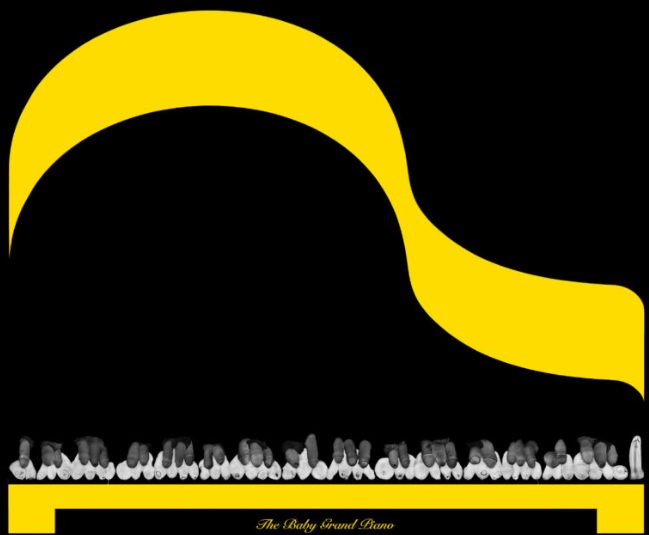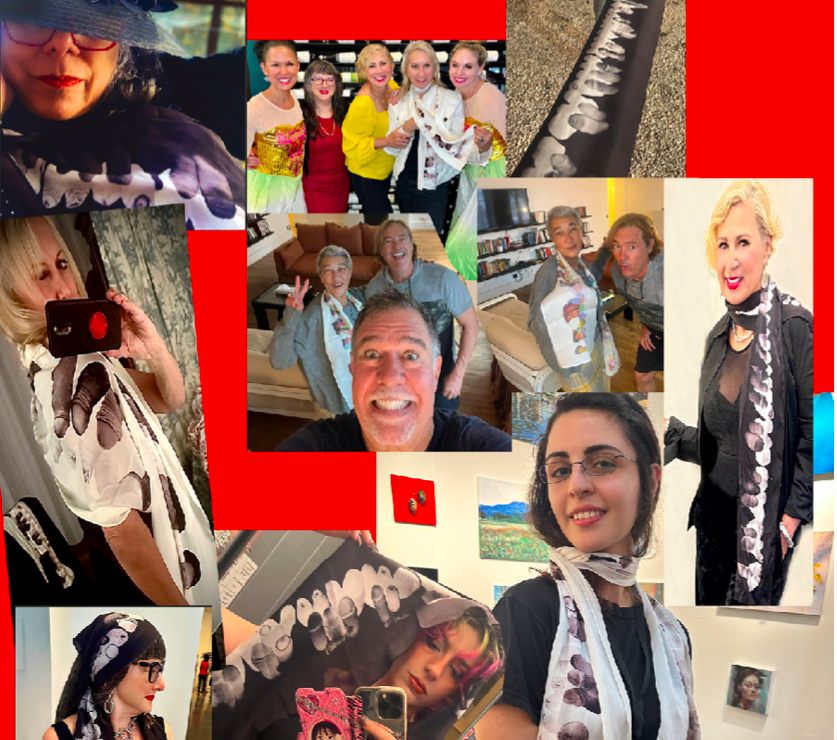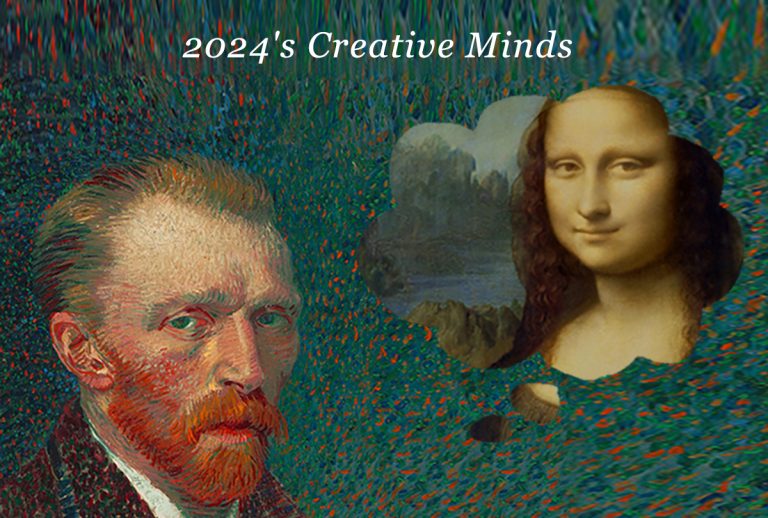Looking back at 2024, it’s clear this year has seen artists creating interesting works. Among them is Cynthia Karalla, who weaves the personal and political into her practice. With roots in architecture and photography, Karalla’s journey has been one of constant reinvention. Her work transcends categories, dismantling traditional barriers and reimagining art as a lens through which we examine ourselves and the systems around us.
Karalla’s pieces invite audiences to question entrenched assumptions and explore themes often left unspoken, such as power, identity, and taboo. One of her most daring projects, The Baby Grand Piano, exemplifies her approach, forcing a confrontation with societal discomfort while offering space for reflection and transformation.
The Baby Grand Piano: Art That Questions Norms

The Baby Grand Piano takes on a subject that is often shrouded in discomfort and silence. This monumental photomontage consists of 88 penises—52 white and 36 black—meticulously photographed and digitally arranged to form a seven-octave piano keyboard. Available in both 72-inch and 144-inch versions, the work was constructed over two years, drawing from thousands of images taken in Southern Italy and New York City.
Far from being provocative for its own sake, the piece interrogates cultural perceptions of the male body. Raised in a family with deep ties to the Vatican, Karalla grew up in an environment where control over gender and sexuality was paramount. In this context, the penis serves as both a symbol of power and an object of suppression.
Through The Baby Grand Piano, Karalla reframes this symbol, transforming it into a functional yet metaphorical instrument. The work invites audiences to question their ingrained beliefs about sexuality, identity, and societal power dynamics.
Collaboration and Community in Creation

Creating The Baby Grand Piano required contributions from both men and women. Women played a particularly vital role, helping to recruit anonymous male participants. This dynamic speaks volumes about the complex interplay of gender roles, as women navigated societal discomfort to facilitate the project.
By anonymizing the male donors, Karalla removed identity and social status from the equation, focusing instead on the broader, universal implications of her work. The result is a piece that shifts attention away from individuals and onto shared cultural experiences, turning a polarizing subject into an avenue for collective reflection.
Karalla’s goal wasn’t to provoke for shock value but to create a space for deeper engagement. Her work asks audiences to confront their discomfort and consider the societal structures that shape our understanding of the body and its symbolism.
A Symbolic Keyboard
The piano itself, as reimagined by Karalla, becomes a metaphor for cultural systems. The black and white keys symbolize binaries such as race, gender, and power, which dominate societal thinking. These contrasts prompt questions about whether these divisions foster harmony or perpetuate discord.
Playing the piano serves as an allegory for interacting with these systems. Each key struck represents a choice, an engagement with forces that define human experience. For women, in particular, this act symbolizes navigating structures designed to limit autonomy. Yet, within this interaction lies the potential for liberation. The music created becomes a powerful metaphor for overcoming constraints and forging a new narrative.
From a Dream to Reality
The concept for The Baby Grand Piano was born from a dream Karalla had while staying in Paris, with the Sacré-Coeur Basilica looming in the background. She envisioned a piano made of penises—a surreal and provocative image that lingered with her. Though absurd at first glance, the dream reflected her upbringing in a family deeply influenced by the Church, where gender and power were tightly controlled.
This dream became a catalyst for Karalla’s examination of cultural and personal histories. Turning the vision into reality allowed her to bridge her private reflections with a universal dialogue, offering audiences a chance to explore shared questions and challenges.
Reframing Control as Creation
At its heart, The Baby Grand Piano represents Karalla’s philosophy of transformation. It takes a symbol loaded with societal meaning and repositions it as a tool for creative expression. The keys, once symbols of control and power, become instruments of liberation when engaged through the act of playing.
Karalla invites us to engage with these systems creatively rather than rejecting them outright. Her work opens the door to exploring inherited constraints and imagining alternative futures.
A New Composition for 2024
As 2024 comes to an end, Karalla’s work reminds us that art is not just a reflection of society but a means to reshape it. The Baby Grand Piano challenges audiences to reconsider deeply ingrained assumptions, offering an opportunity for liberation through creative engagement.
The piano’s keys—symbols of both division and potential harmony—are in our hands. It’s up to us to decide what music we’ll create in the coming years. Will it be one of conformity or transformation? Through her bold and thought-provoking work, Karalla shows that the possibilities are endless.

